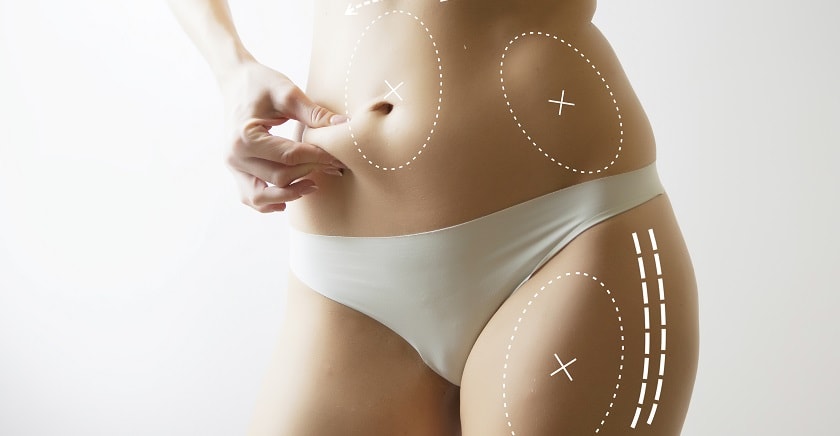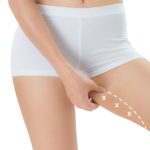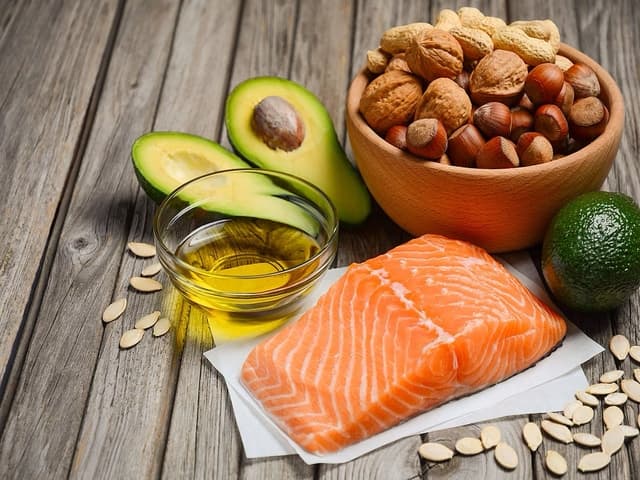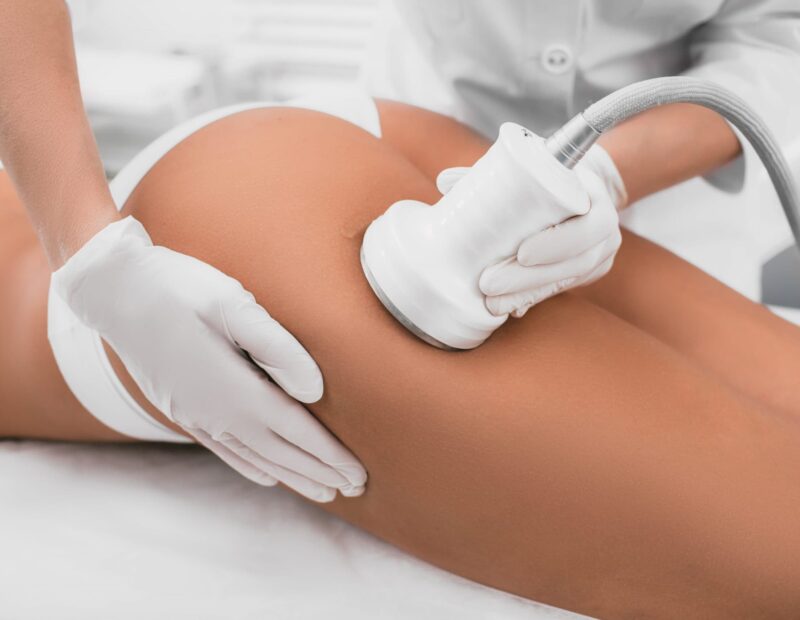Liposuction is the term used to describe the suction out of the excess fat in the person’s body. It is one of the most performed aesthetic procedures in the world and has many sub-methods related to its basics. Most people know the whole liposuction term as the invasive removal of the excess fat located in the body, but that is not true. There are lots of non-invasive liposuction methods performed in different countries. This post will serve you as a liposuction guide which includes crucial information about the procedure itself.
Liposuction procedures are considered as the last shot of those who have failed to fight against the excess fat by using natural methods. There are several natural methods to fight against excess fat. These can be listed as; Fitness, consuming lots of water, diet plans, quitting irregular eating habits, eating healthy food, fighting against obesity etc…
During Liposuction
The standard invasive liposuction procedure has two main sessions. These sessions involve:
- The displacing of the excess stubborn fat on the person’s certain areas with the help of a small tube ( cannula )
- Extraction of the displaced excess fat with a surgical vacuum-like instrument.
Before performing those above, the surgeon administers a local anesthetic to provide the best comfort to the patients. Every person has a different body so most liposuction procedures performed according to the individualized surgery plan the surgery prepares for the patients.
How is the body going to be shaped is determined by both the patients and the surgeon himself. Little excess-skin removal procedures can also be performed during liposuction surgery. This is generally done in order to give the best satisfying results to the patient.
The whole procedure is expected to last about two hours but this generally depends on the options that the patient has taken. Most patients are allowed to go to work within the first week of the surgery.
Lipo Risks
Swellings and itching can be seen in almost every case, however bruising and infection are rare. If the condition of the patient goes any worse, the doctor’s consultancy may be needed for proper prescription drugs
The surgical areas should not be exposed to sunlight because of the scarring risks. Sunlight has ultraviolet rays that may affect the surgical areas. In order to prevent this from happening, sunscreens can be applied to these surgical areas.
During the recovery time, patients should consume water more than ever and avoid bad habits like smoking and drinking. The last thing that a recovering body needs is dehydration.







